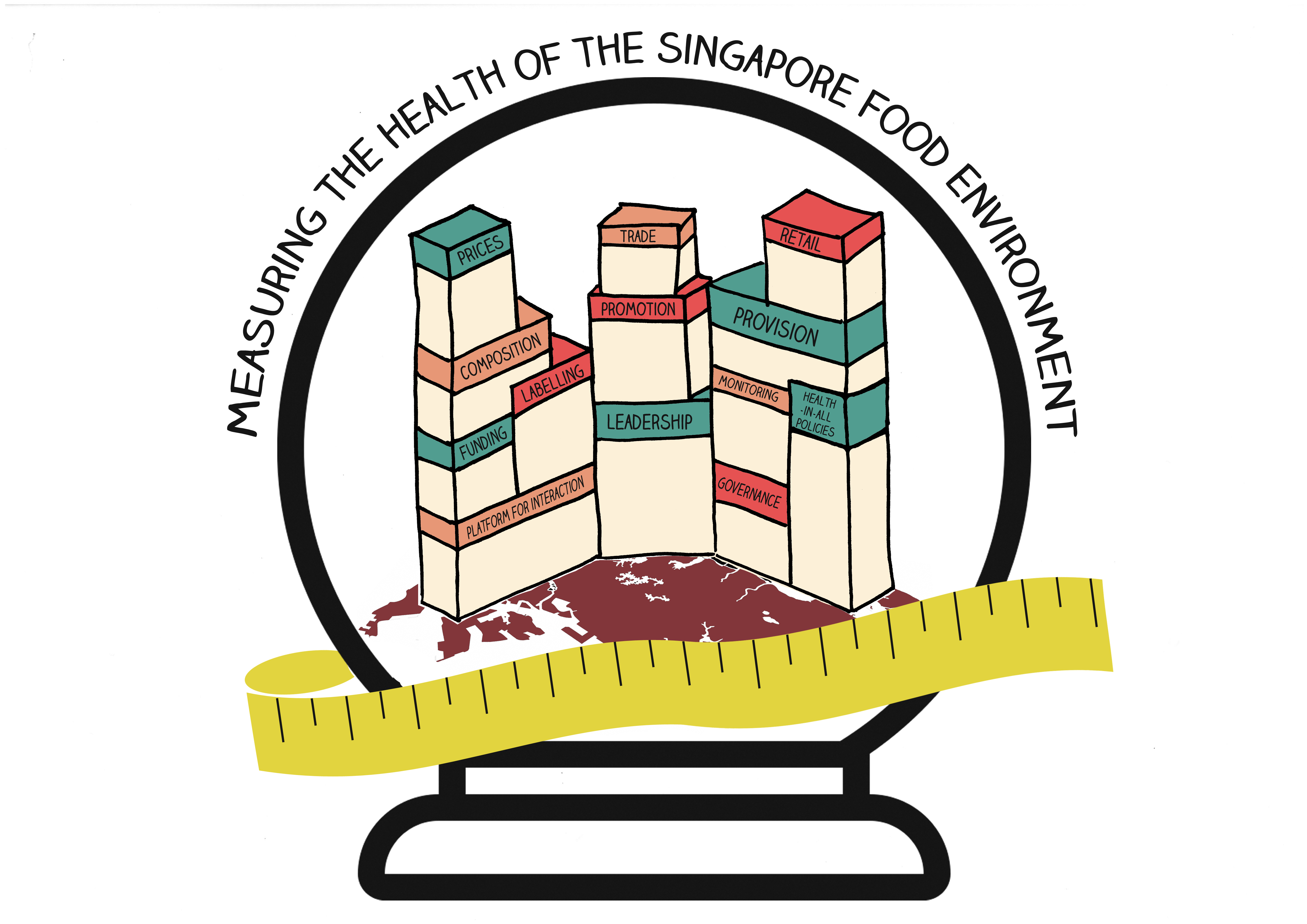Unhealthy food environments, where energy-dense nutrient-poor foods are widely available, more affordable, and heavily promoted, are not supportive of healthy eating. In fact, poor dietary habits is one of the leading behavioural risk factors for premature death and ill health in Singapore. Therefore, it is crucial to measure and improve the health of our food environments. Government actions, which can regulate the cost, availability, accessibility and promotion of healthier foods, are important determinants of the quality of our food environments.
As part of the School’s Physical Activity and Nutrition Determinants in Asia (PANDA) programme, a study was conducted to measure the health of Singapore’s food environment. A panel comprising 20 local public health experts, specialising in nutrition, obesity and chronic disease, evaluated the government actions in creating healthier food environments. The expert panel compared Singapore actions against international examples of current best practices using the Food-Environmental Policy Index (Food-EPI) tool and process. They also proposed recommended actions that the government can take to meaningfully improve the health of the Singapore food environment.
The panel identified key areas of strength, including strong and visible leadership to improve public health nutrition in Singapore, the presence of the Health Promotion Board with a secure funding stream and comprehensive programmes such as the Healthier Meals in School Programme. The panel also identified policy implementation gaps, and based on this, proposed recommended actions. These actions include establishing minimum standards for nutrients of concern across all foods, strengthening existing guidelines for menu labelling in packaged and eatery foods, strengthening guidelines with regards to advertising to children, and considering fiscal measures to support healthier food consumption. This work is the first to systematically measure the health of food environments in Singapore, and highlights areas of opportunities for creating healthier food environments in Singapore.


